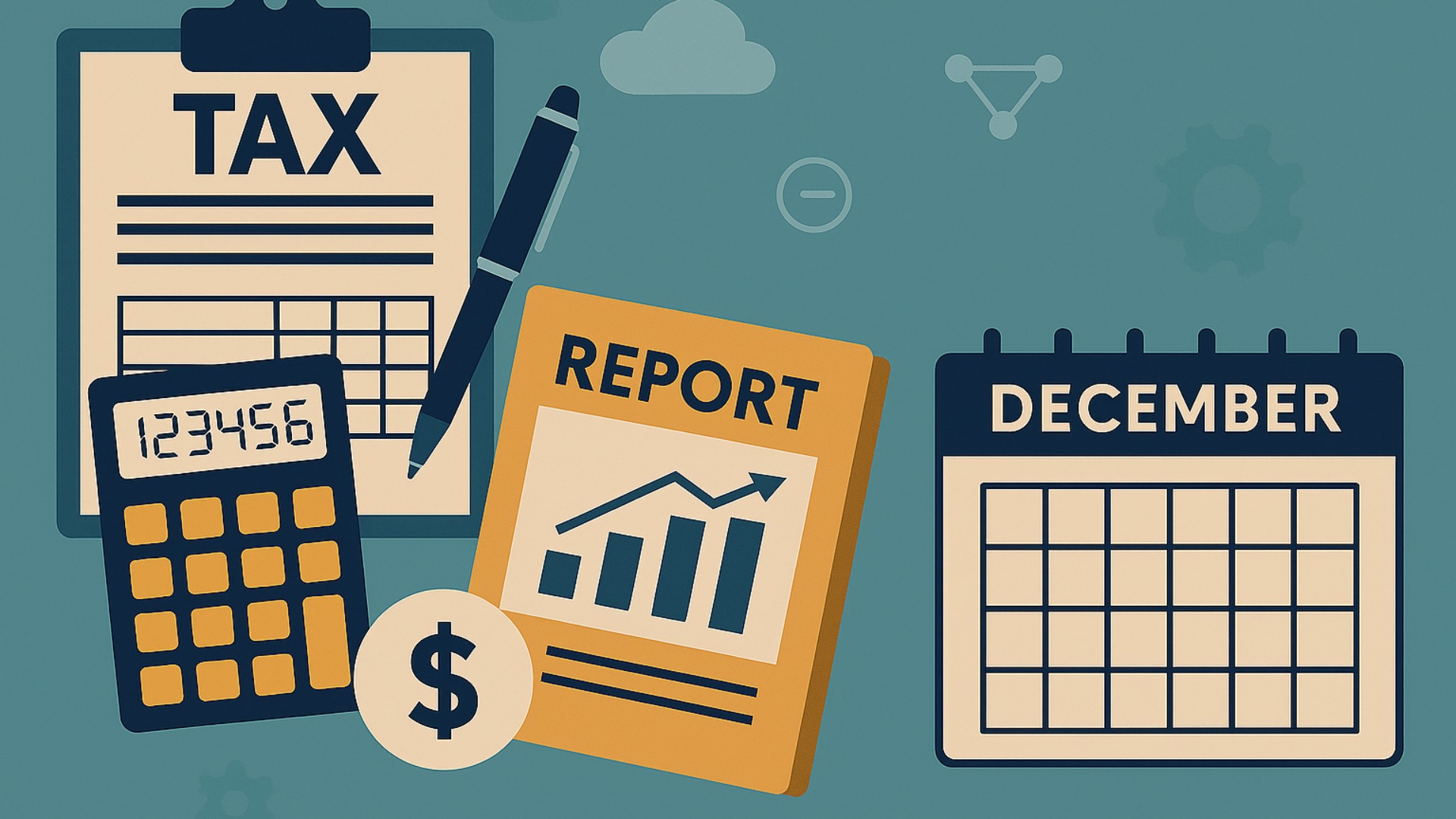In the daily crush to get things done—everything from supervising technicians to supporting clients—it’s easy for channel pros to overlook a basic but critical fact: “An inability to budget and forecast effectively can have severe consequences,” stated Shawn Walsh, CEO of Encore Strategic Consulting.
Those can include erratic cash flow, unpredictable expenses, inability to meet payroll, and dependence on a credit line to pay for basic items.
“There can be a whipsaw effect that seriously undermines the ability of the company to operate efficiently and profitably,” said Manuel Palachuk, head coach and president of Manuel Palachuk International and author of “Getting to the Next Level: A Blueprint for Taking You and Your Business to the Top.”
Although the idea of budgeting may seem burdensome, experts say that it’s at the heart of operating a successful business. Moreover, ignoring the task doesn’t make it go away. Without a budget, you’re flying blind—and increasing the risk of making bad decisions. “The idea that you can somehow intuitively know what’s right is deeply flawed,” Palachuk noted. “An excellent budget is critical.”
A sound budget makes it easier to spot changes and make adjustments in response to something as simple as unexpected expenses or as drastic as a pandemic.
Money Matters
The lack of a formal budget process along with some type of dashboard that provides visibility into key financial data are common issues for many channel pros. “When I ask businesses if I can see a budget, most are unable to produce one,” Walsh stated. “Without financial insight, you’re not apt to make optimal business decisions.”
Creating a formal budget smooths financial turbulence and introduces a more predictable and streamlined cashflow. The insights gained from budgeting can deliver other benefits as well. For example, you can determine when to upgrade and invest in new equipment, systems, and software, or make minor adjustments in payment terms or due dates with a creditor, lowering costs and improving cash flow.
A formal budget helps a business grow, suggested Allen Edwards, 2024 ChannelPro Advisory Group member and president of consulting firm Eureka Process. According to Edwards, you can use revenues, margins, and other factors to maximize advantage. “It’s possible to manage the business far more strategically because you actually have visibility into everything,” he said.
In fact, with a grasp of numbers, ratios, and percentages—and an ability to view and understand the relationships between investments, costs, and outcomes—comes a more dynamic business framework. “You can begin to experiment with numbers and slide them up and down to see how they impact and influence your objectives. You can see what actually makes a difference,” Walsh pointed out.
By the Numbers
A common misconception is that budgeting is a complex process, or dependent on commercial accounting software, Edwards offered. In most cases, a basic spreadsheet that consolidates expenses and revenues into a handful of key areas is more than adequate. At any point, executives can drill down further, if necessary.
Getting to a P&L that delivers clear visibility into the business is crucial. “For most businesses, there’s a need to clean things up,” Edwards said. Every bucket of revenue must have a corresponding cost of goods—actual expenses—to go with it. “That way it’s possible to subtract numbers and see the gross profit,” he said. While financial programs can aid in the process, human insight is crucial. “You have to do the math, but you also have to understand it,” Edwards explained. This enables you to forecast changes in revenues and expenses and adjust business practices as conditions or prices fluctuate.
Walsh says it’s critical to base projections on actual data trends that tie to metrics and key performance indicators (KPIs). This is especially important on the income side of the equation. “In many cases, business owners are too optimistic about income, or they fail to recognize that it can take months from the time they onboard a new client to the point where significant revenue arrives,” he said.
Typically, last year’s sales and expenses serve as a good guide for establishing or updating a budget, though recent activity and current events must be factored in as well. For example, if you received income from a one-time, big project for a client, that could distort your budget planning for the year ahead. On the other hand, if your client base relies on services that generate a steady month-to-month income stream, predictions are fairly straightforward.
On the expense side, “If a business paid a vendor $10,000 last year and prices have risen by 5% in recent months, it’s reasonable to add the incremental increase to the annual sum and spread it across 12 months,” Walsh said.
Deep Visibility
The final step in the budgeting process should be a ruthless inspection procedure. This means examining every major line item and understanding what’s essential, what’s desirable, and what can go. For instance, it’s often possible to eliminate or reduce expenses by ending a lightly used service or downgrading a subscription. Sometimes, it may also be possible to obtain software or services at a discount or at no charge because you’re a certified reseller. In fact, many companies cut their expenses by 20% or more simply by reviewing everything, Walsh says.
Channel pros should review their budgets at least every few months. “It should serve as a dynamic working tool,” Walsh continued. Not only should you examine the budget for clues about how to run the business at any given moment, but you should also reexamine whether the criteria in the budget are leading to accurate results. “If you’re spot on that’s great, but if you aren’t on the mark then it’s important to make adjustments,” Walsh added. “The key is to ask ‘why’ something is happening and what you can do about it.”
Maintaining a strategic focus throughout the budget review process is critical, Palachuk says. One common problem is that IT owners tend to look at the expense side of the ledger tactically but the income side strategically. “It’s possible to cut expenses faster than it is to find income, but the risk is that you become too reactive and actually undermine the business,” he noted. “You really have to keep the focus on how you can use the budget to drive maximum value for customers and the business.”
Image: iStock Photo
Article updated on Feb 23, 2024.














